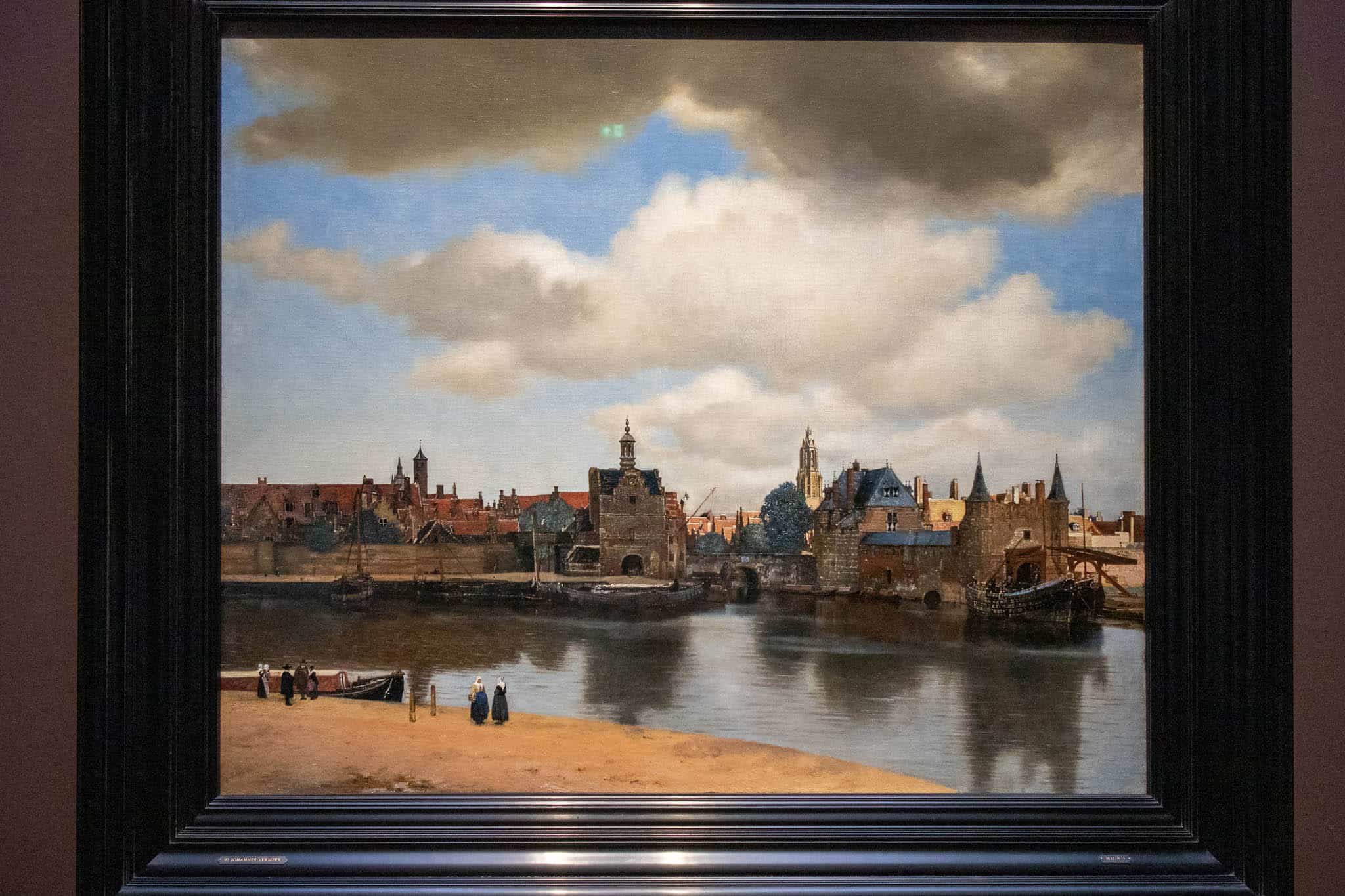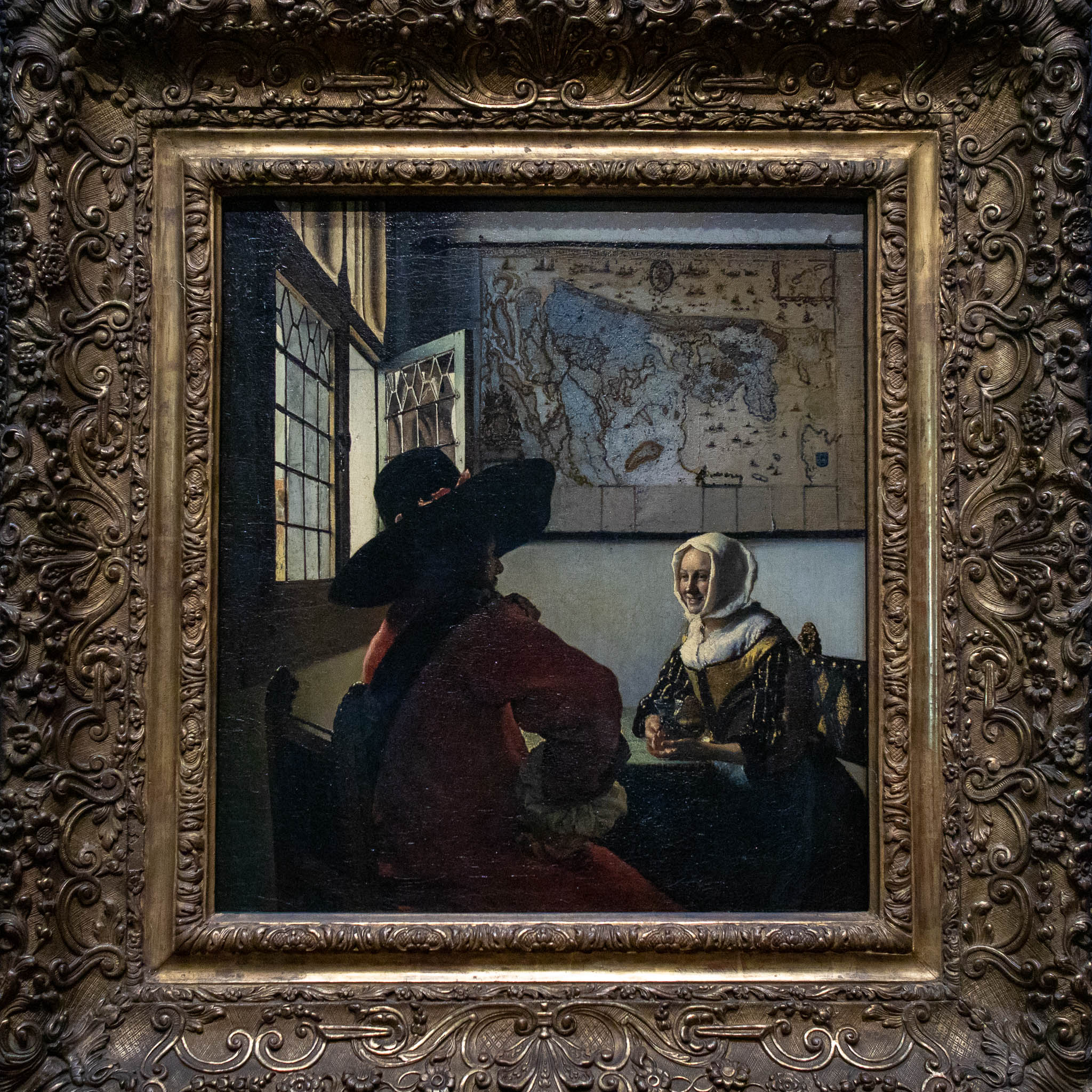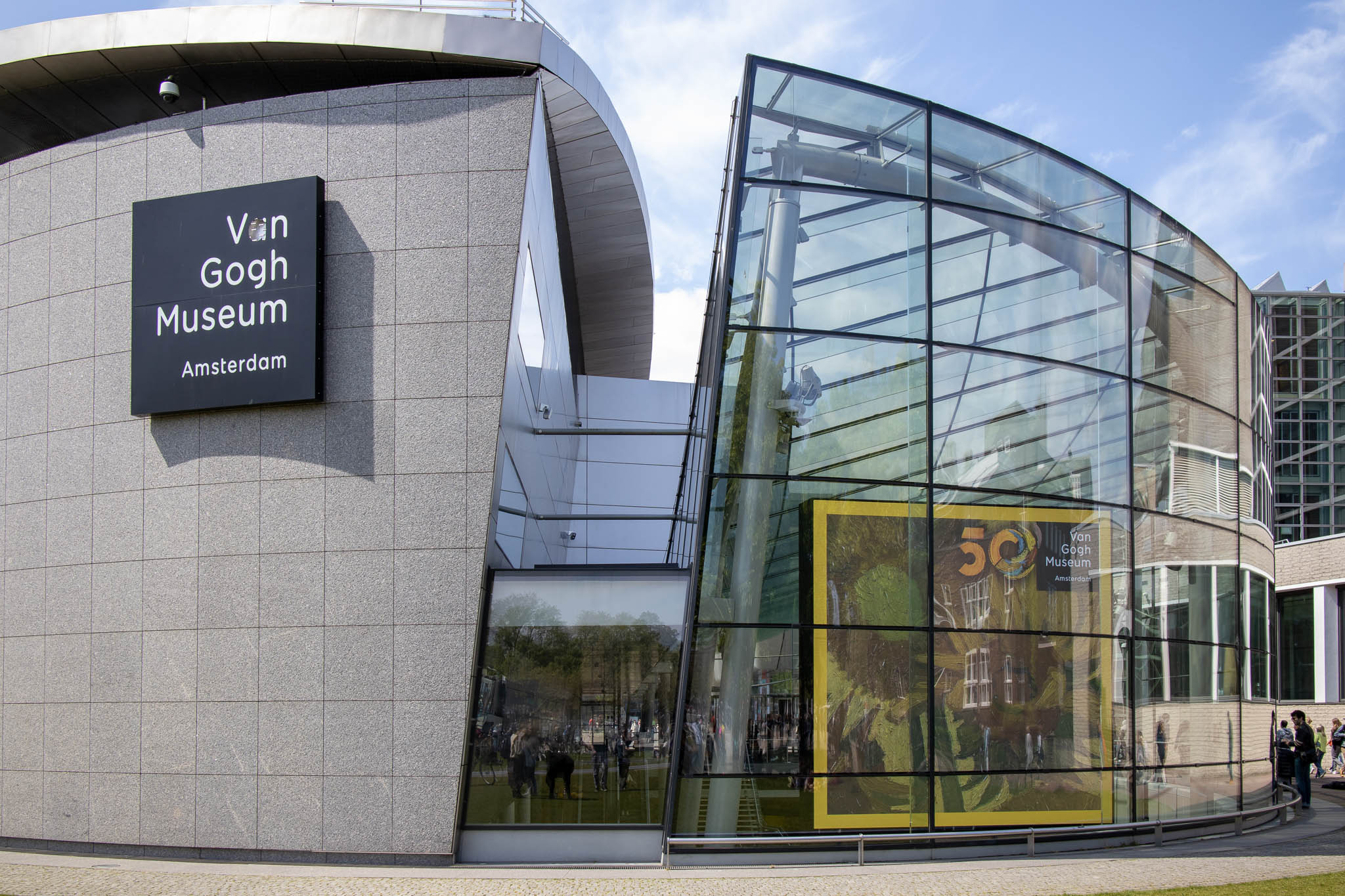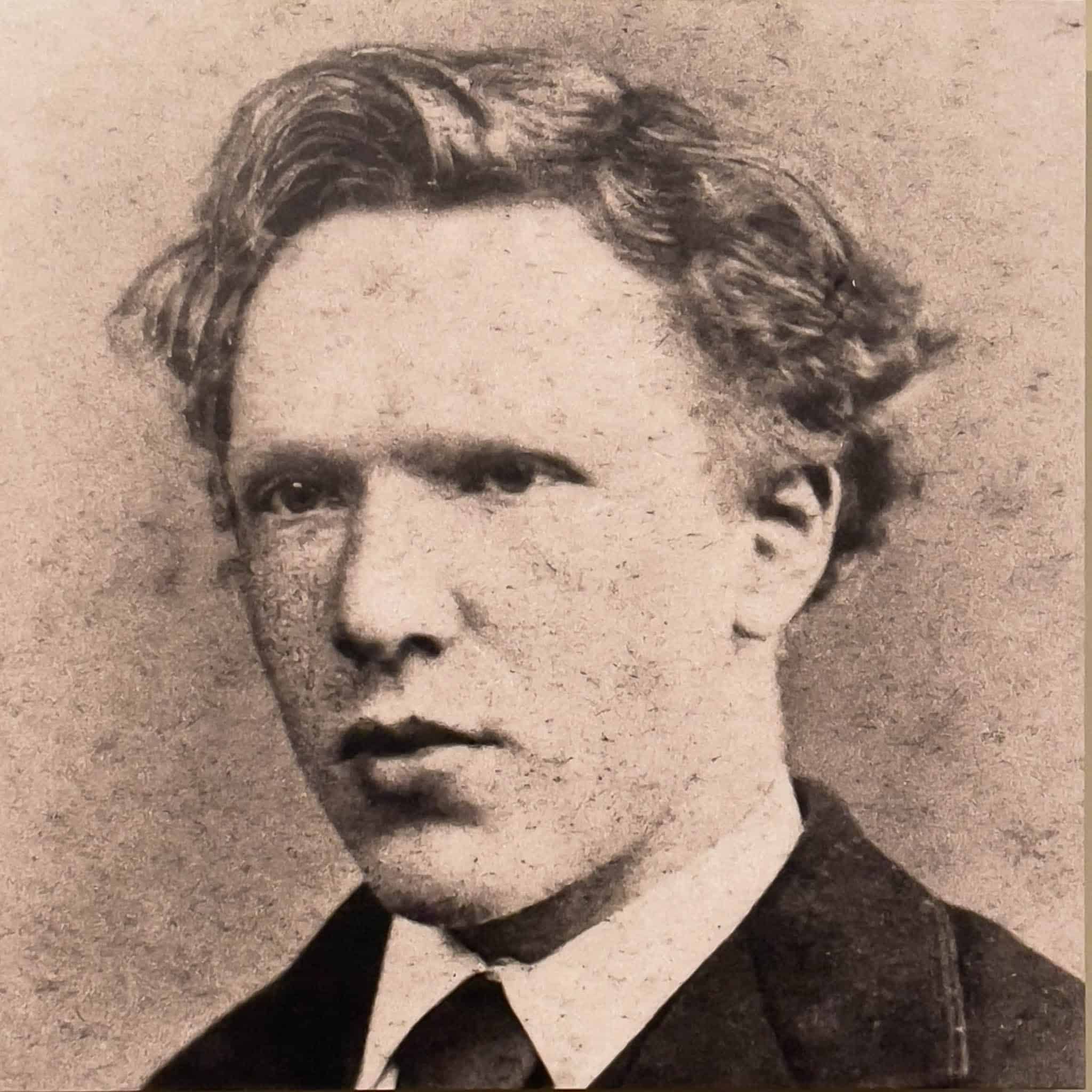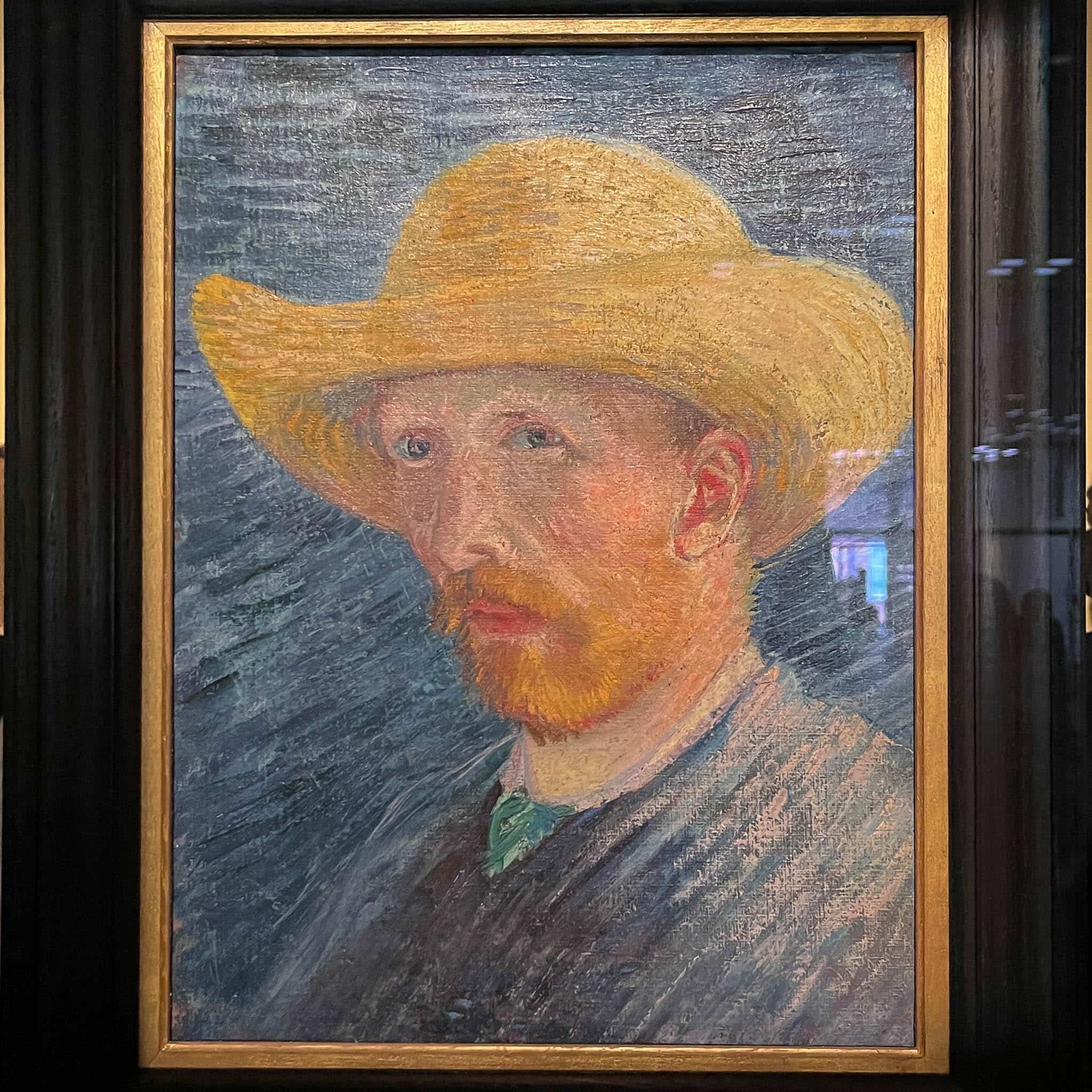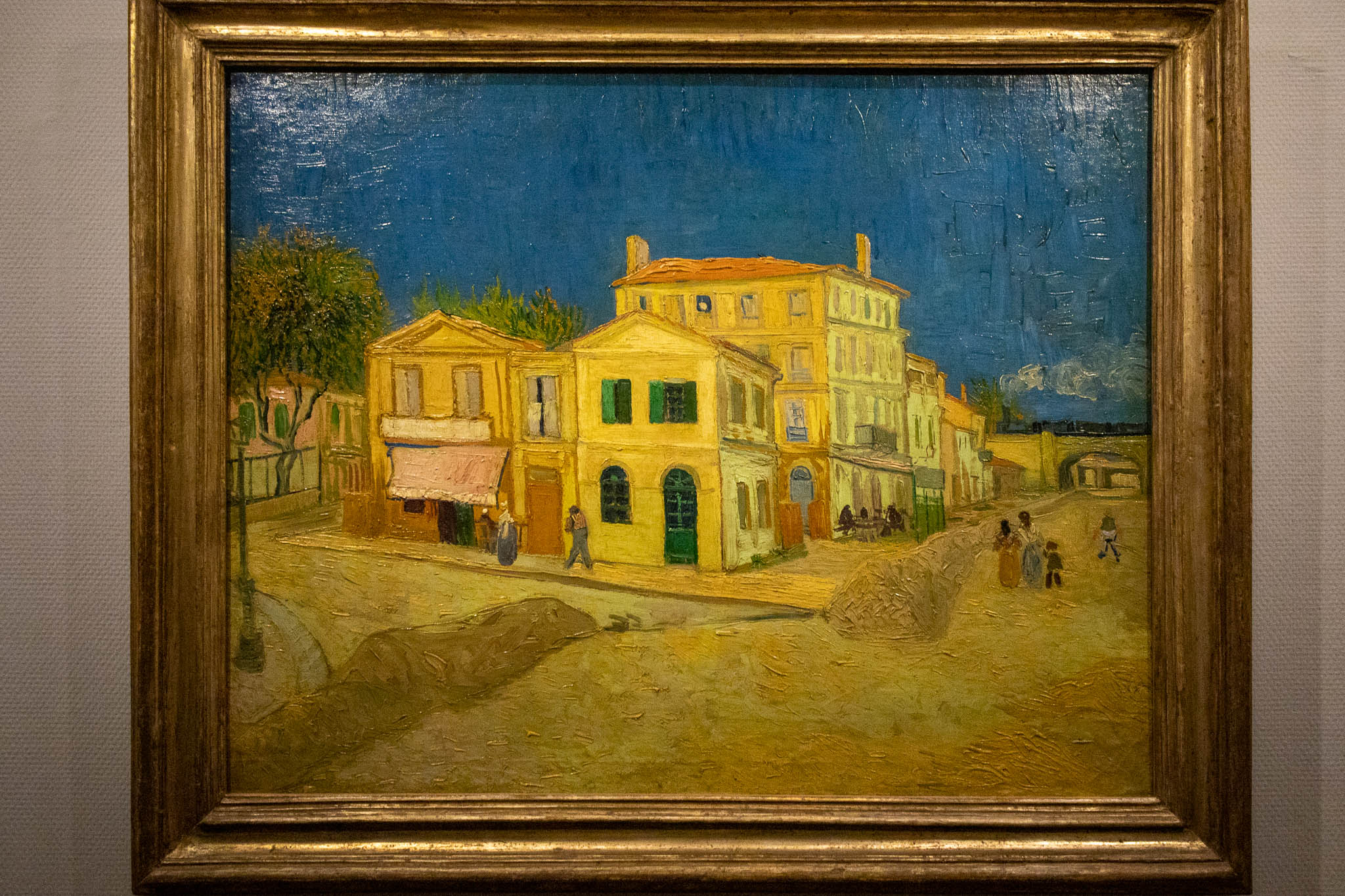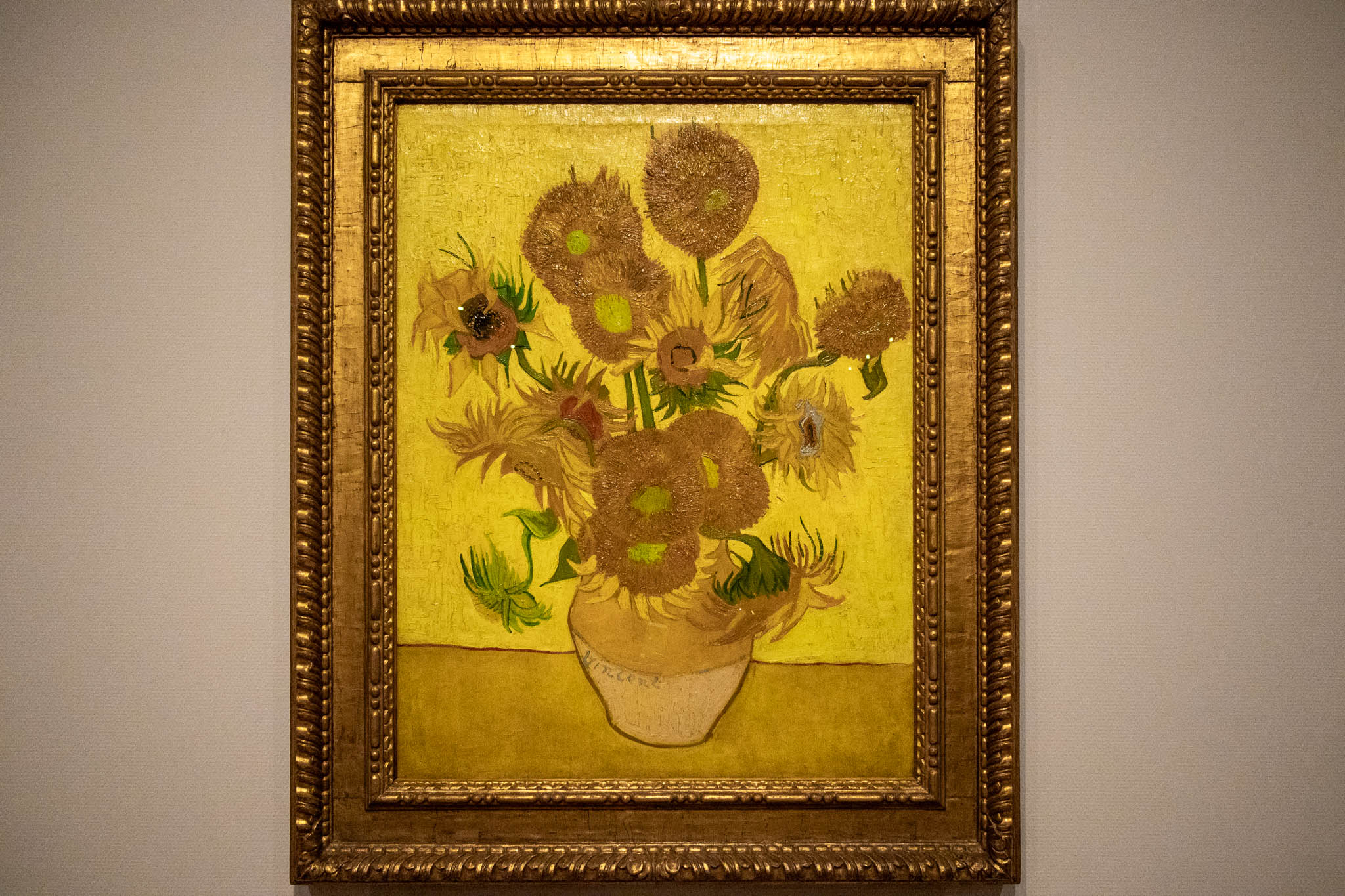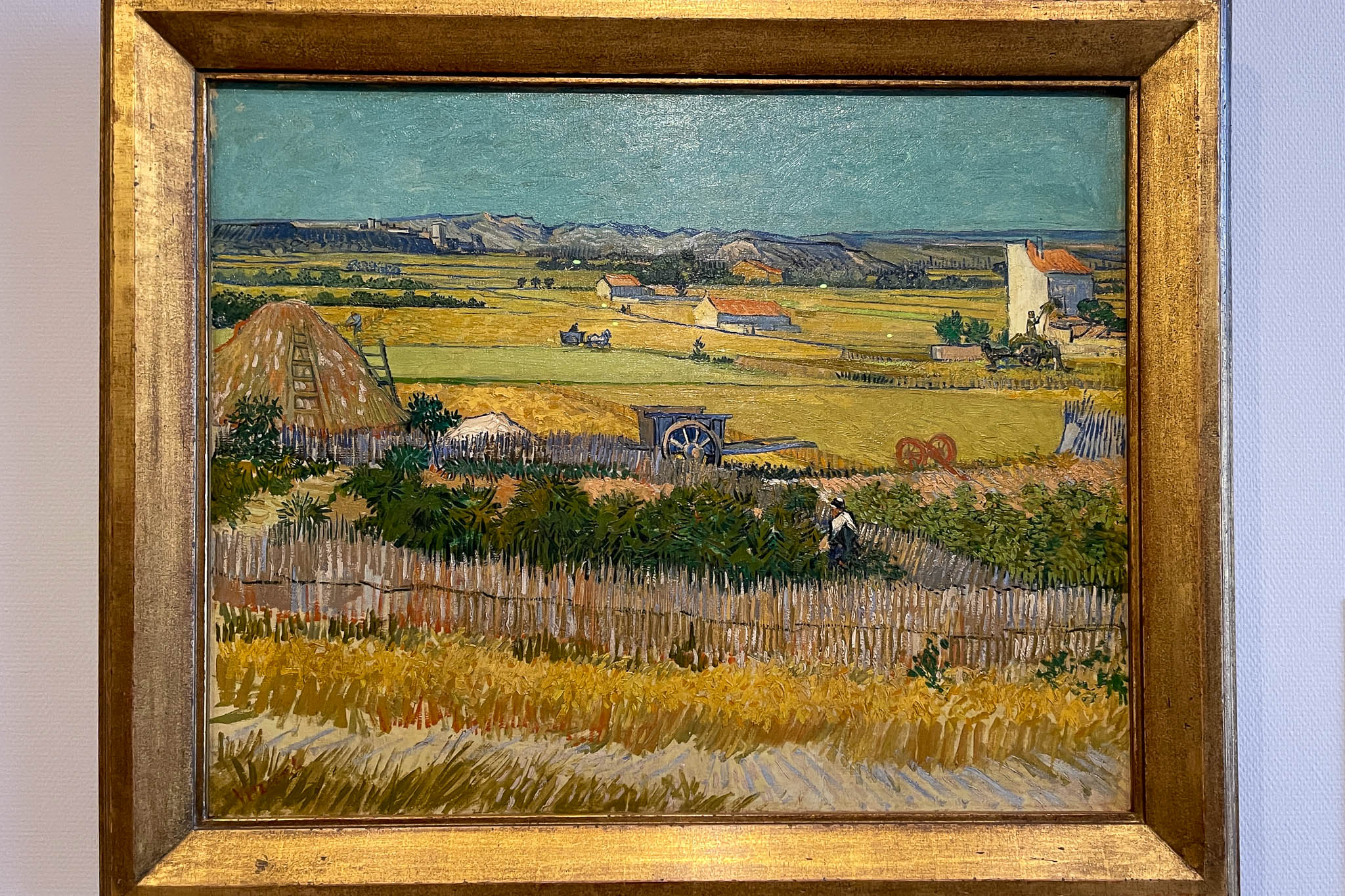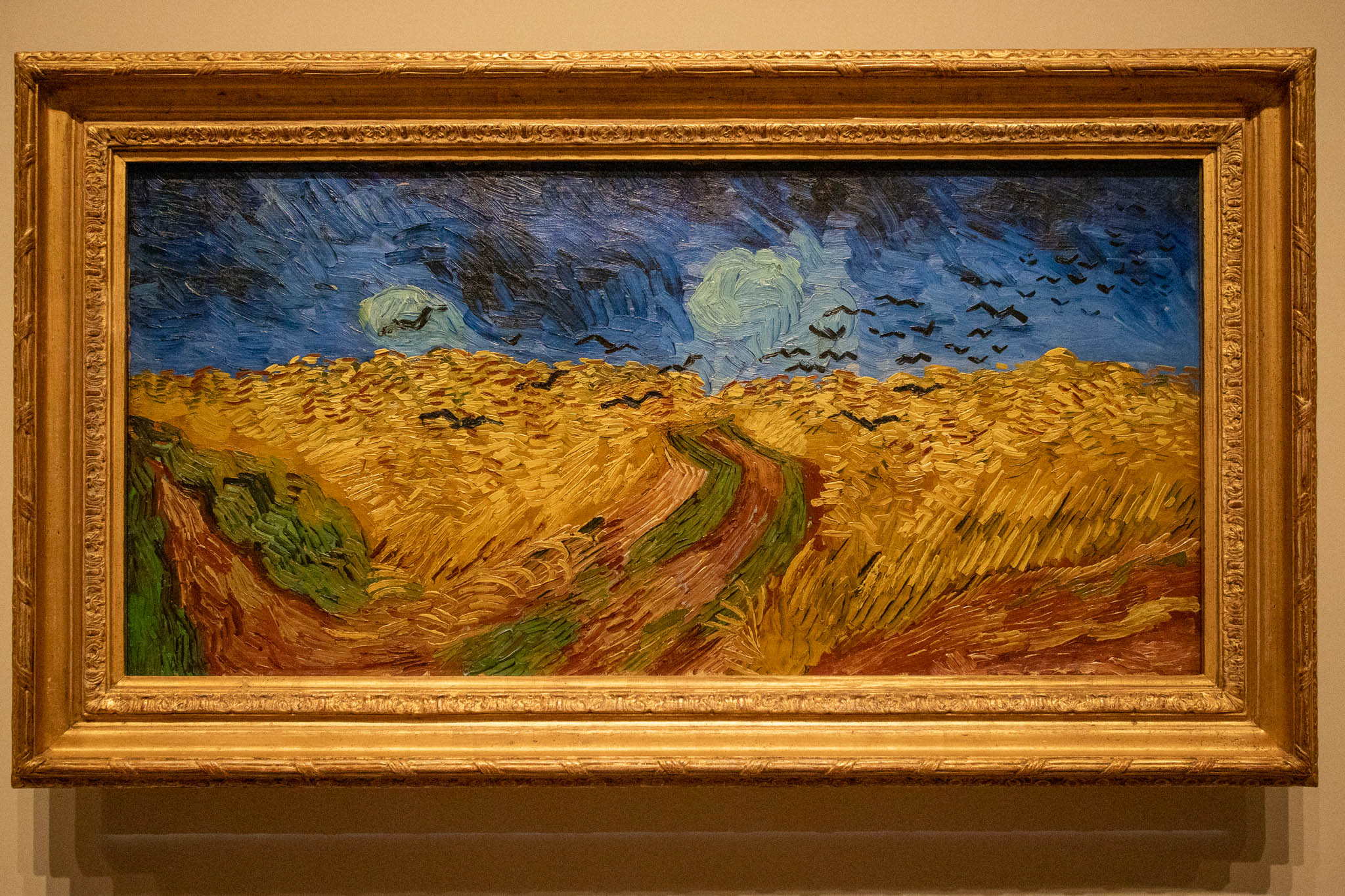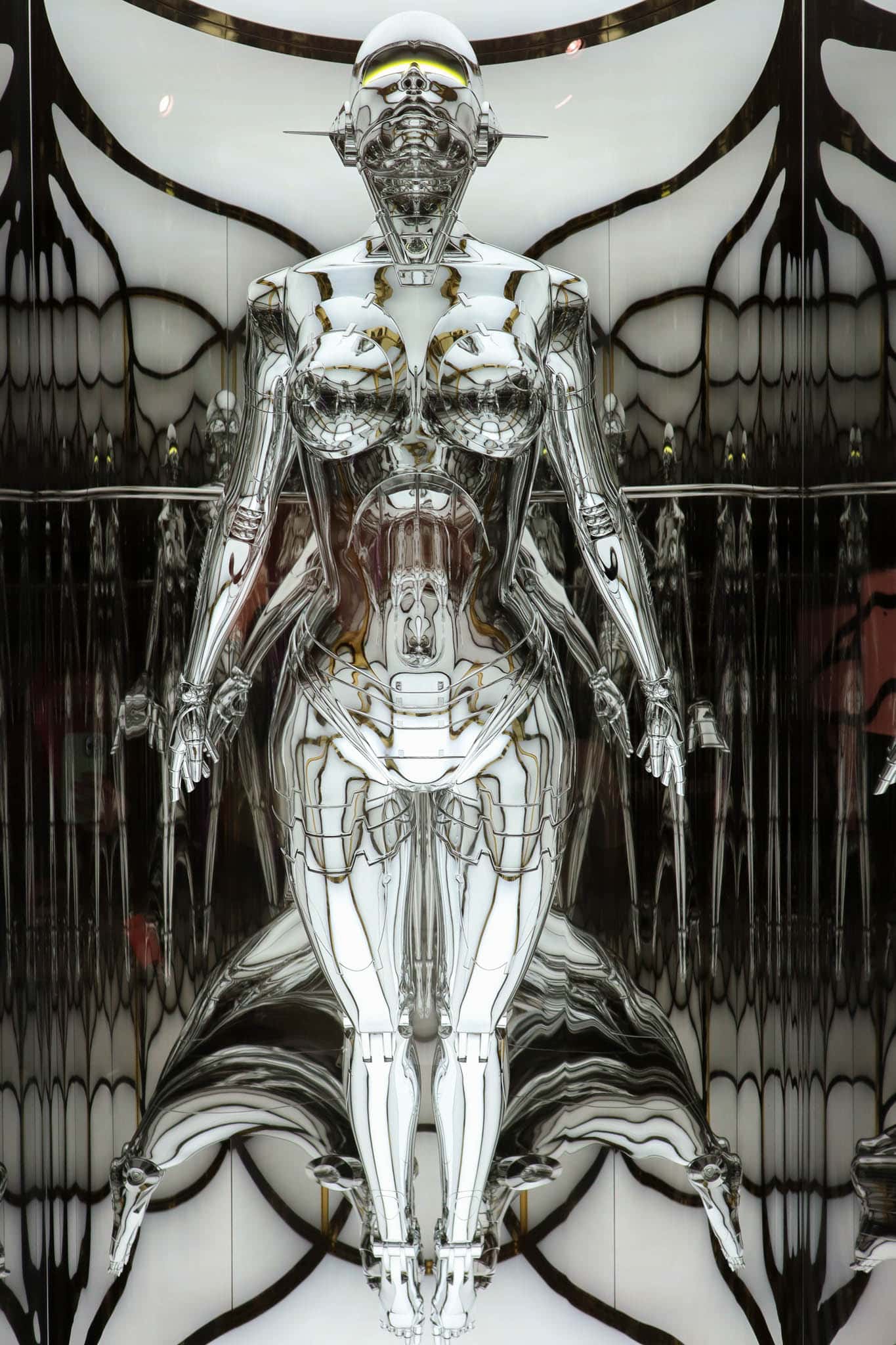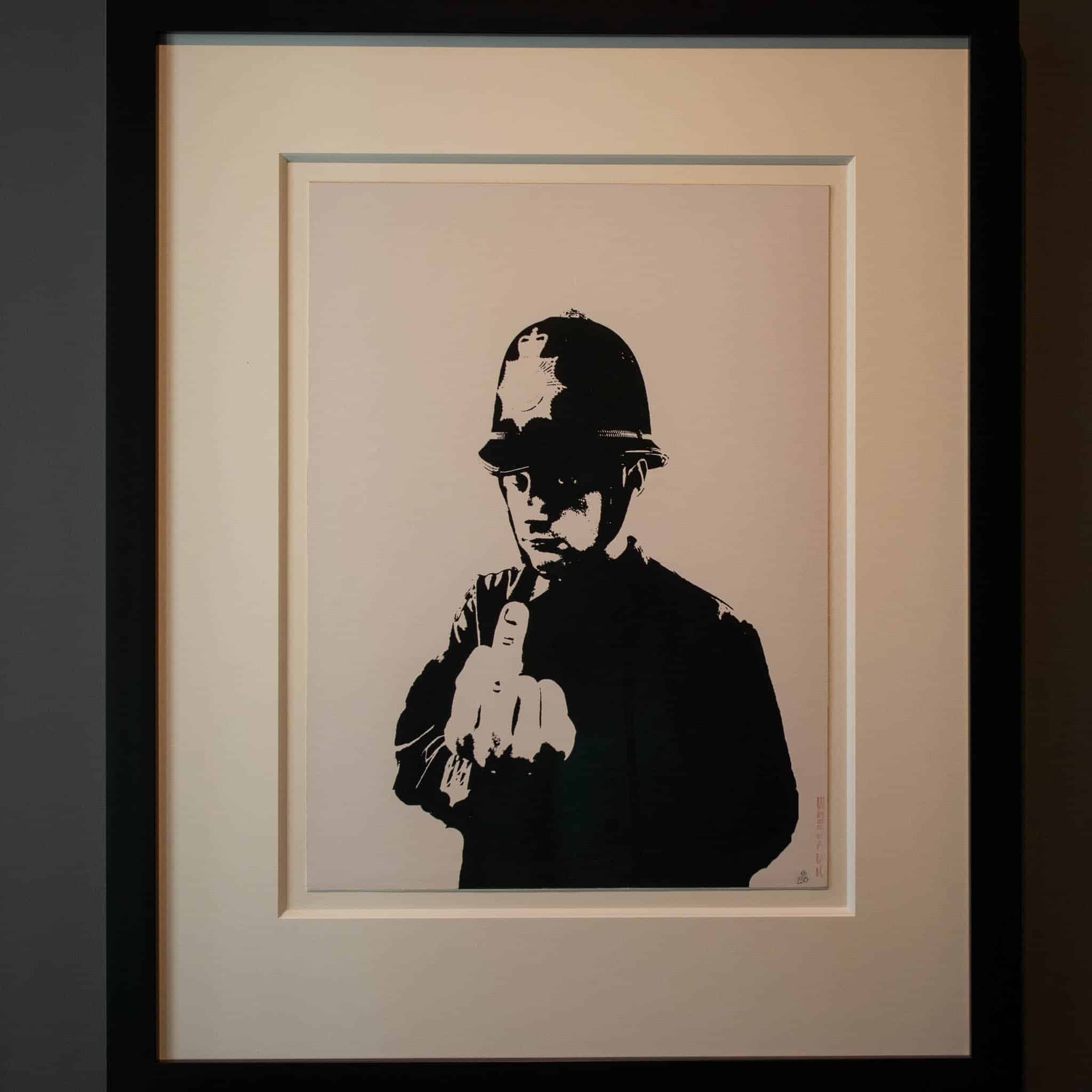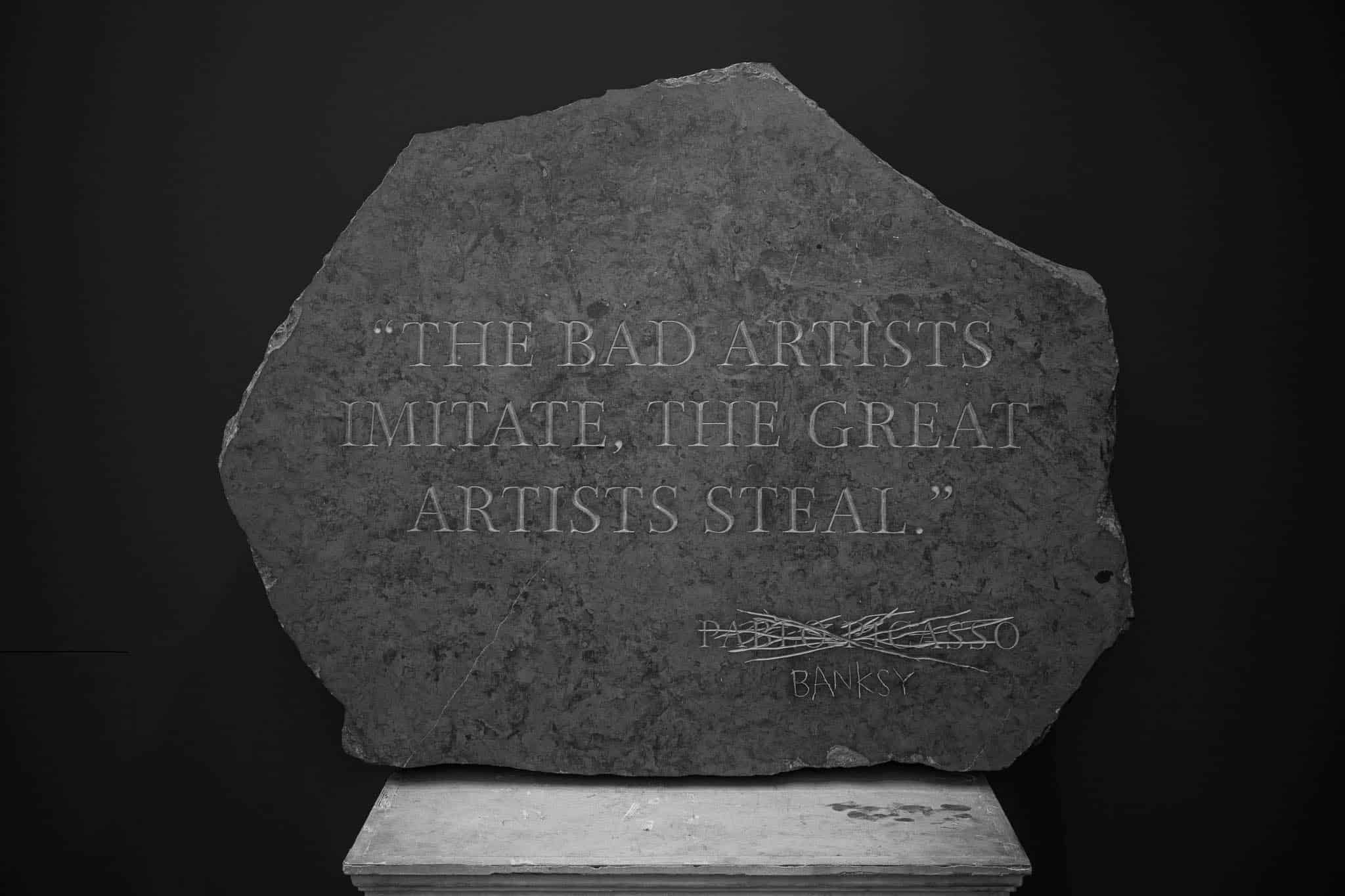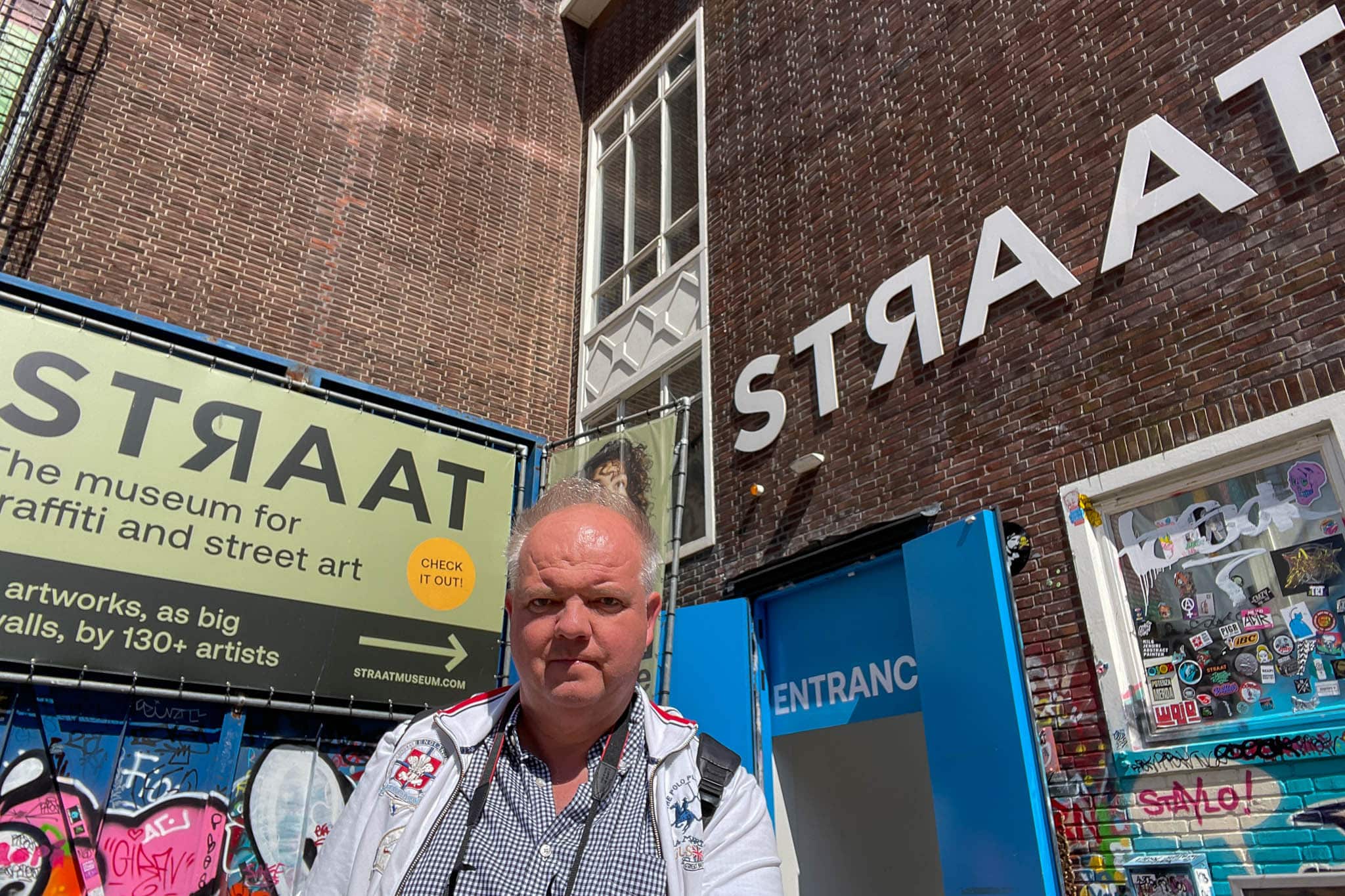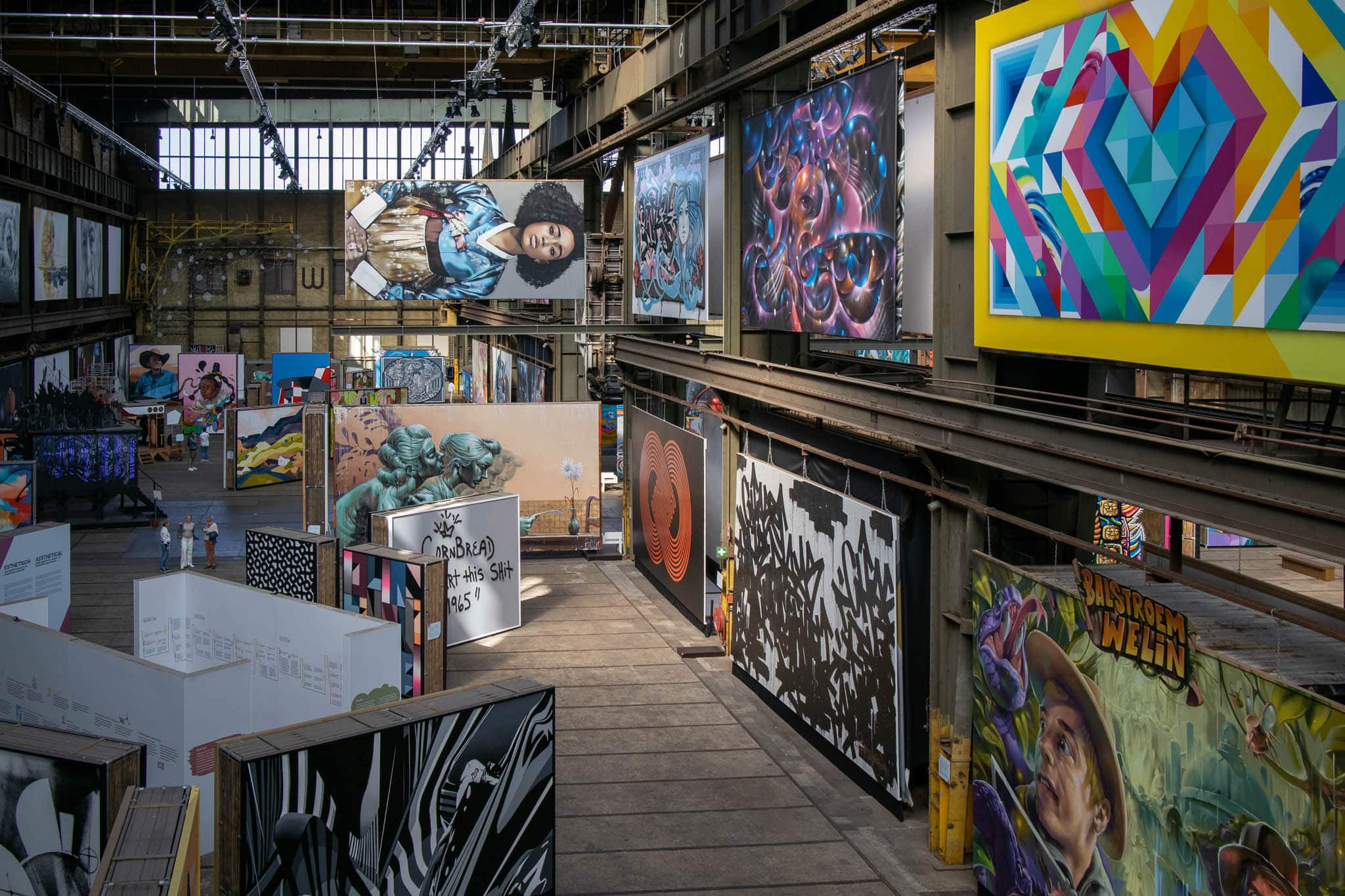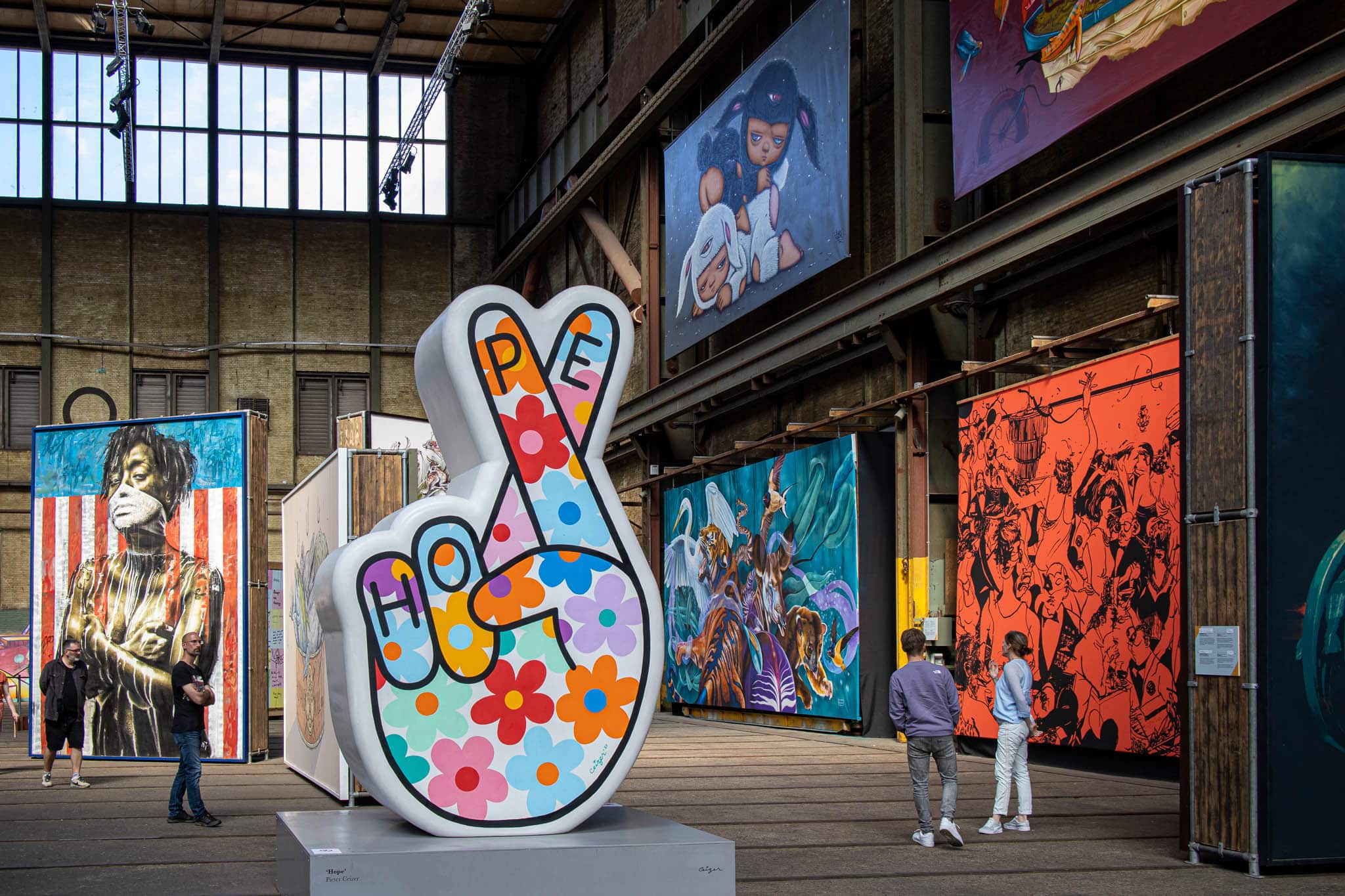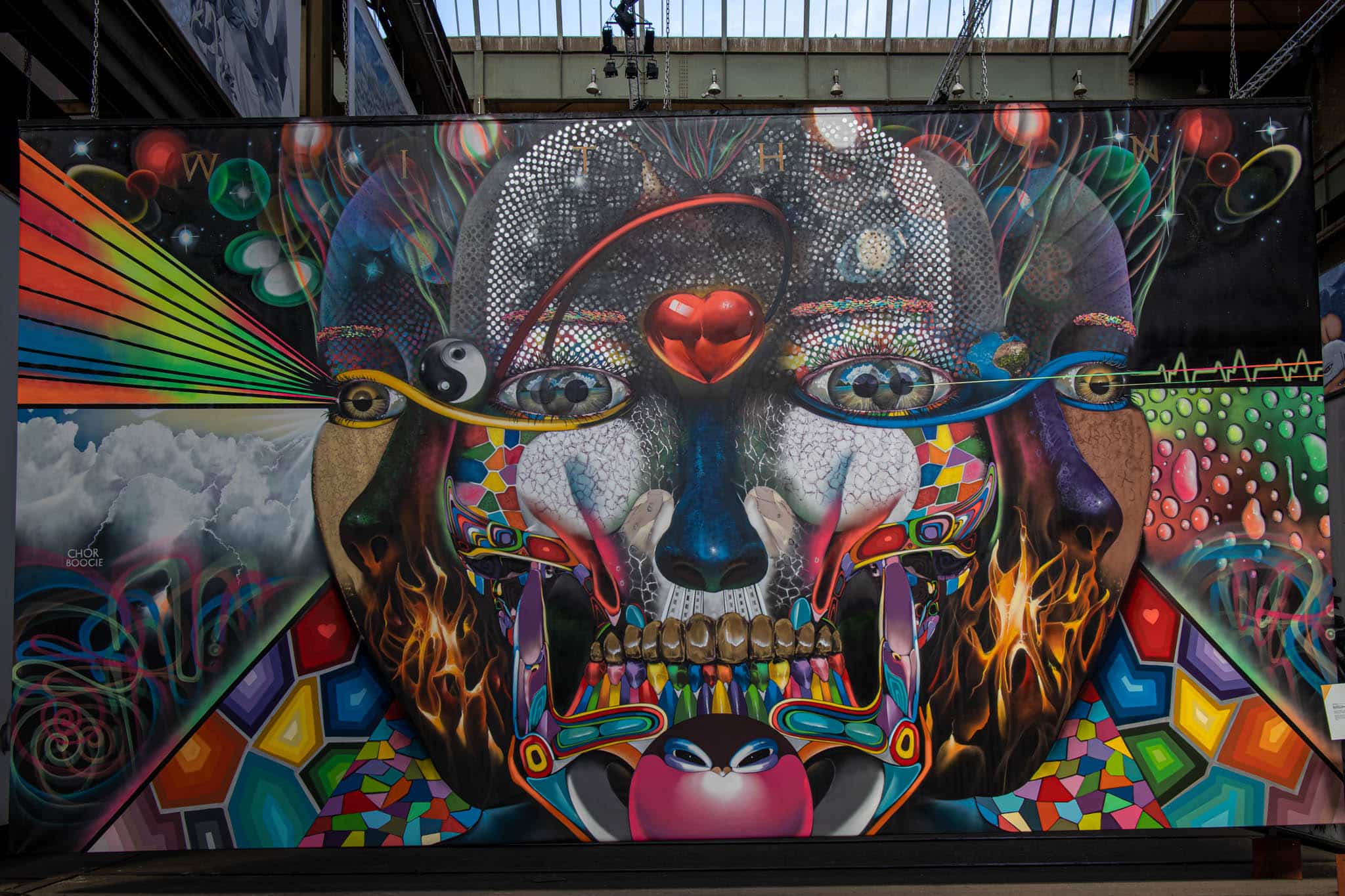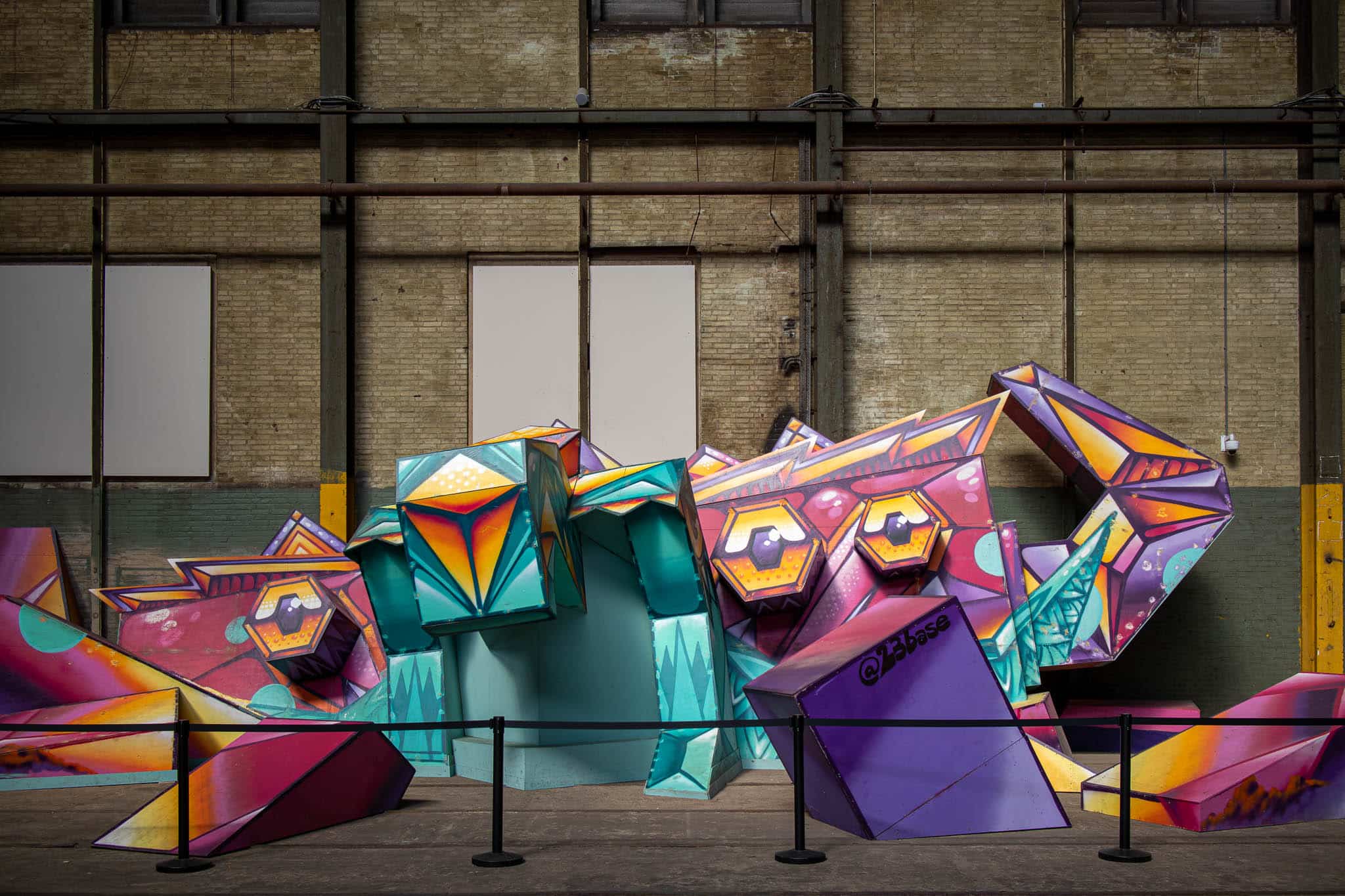Masters of light and colour. Amsterdam. Netherlands
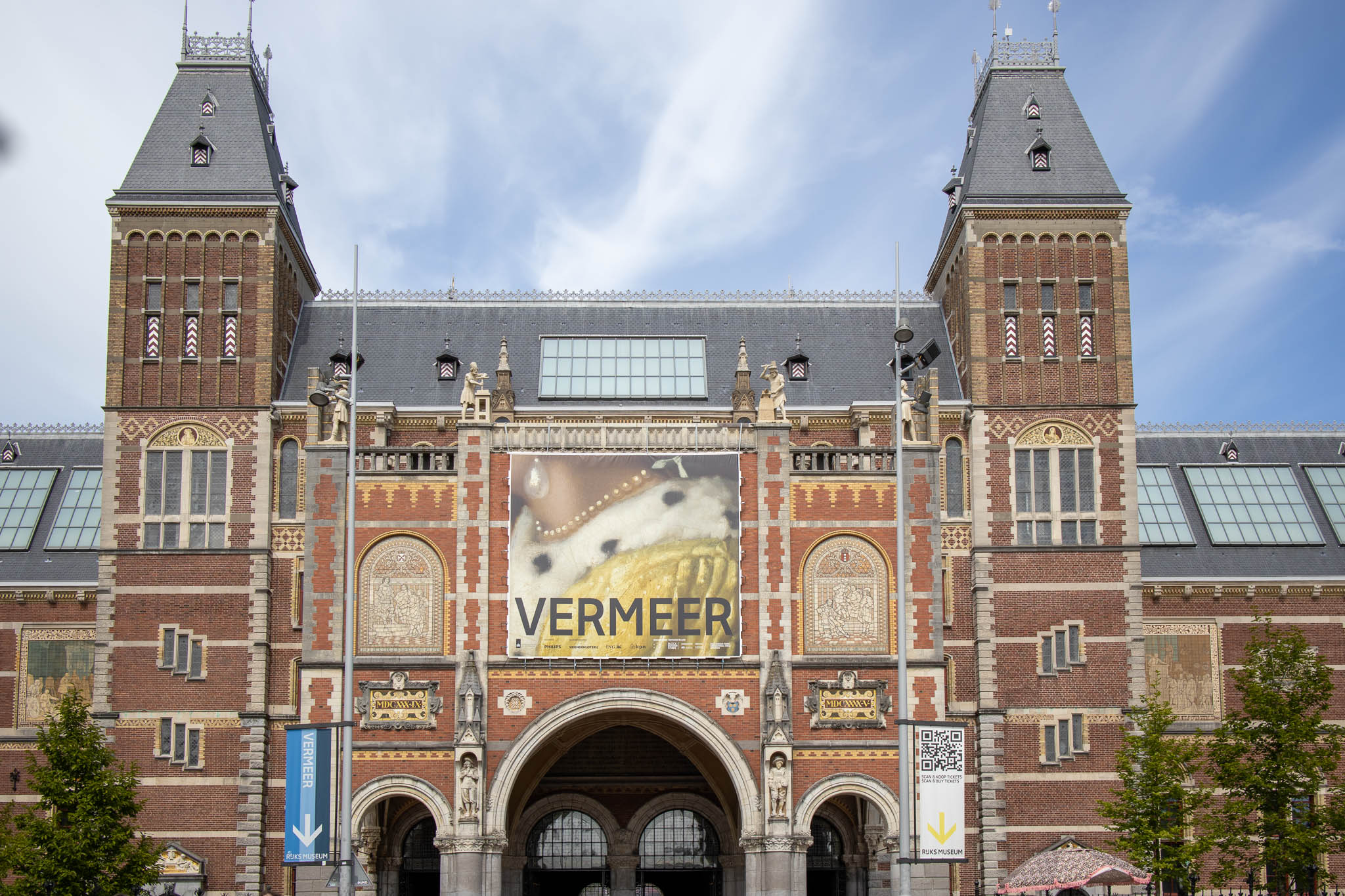
As an art lover, I am especially intrigued by painting – both classical, modern and contemporary. Like in photography, what fascinates me most are the visual effects of light and colour. So I embarked on a special tour to Amsterdam to make a deep dive on that subject. Come and join me on my tour of light and colour.
The world reknowned Rijksmuseum in Amsterdam hosted a unique world sensation: the most extensive ever shown exhibition of 16th century painting master Jan Vermeer. Only 37 paintings are known of him, 28 of which were displayed in this exhibition. The organisation took a world record 8 years!
In “Officer and Laughing Girl” (1657/58) we can find some typical Vermeer characteristics: The bright light shining through the window, the girl at centerstage, the male protagonist turned with his back to the viewer, and a map on the wall. The painting nicely shows the principles of central perspectives.
After Vermeer I moved forward 2 centuries in art history. The ultra modern Van Gogh museum is unique of its kind: it permanently displays more than 200 works of this epoche-making artist.
Dr Gachet was a physician in Auvers near Paris, who treated Van Gogh up until his suicide in 1890. He was also an avid supporter of the impressionism style and its artists. ” The Portrait of Dr Gachet” is testament to Van Gogh’s close relationship with him.
The “Church of Auvers” was created in Van Gogh’s last year. It shows in an impressive way the dichtonomy between heaven and earth. The dark blue sky with heavy paint strokes is in stark contrast to the brightly lit soil in the foreground. In between is the Church. A great metapher, as if Van Gogh has anticipated his soon death.
And on we go in our art time travel. The Moco is a small but fine Modern Art Museum in the Museum Quarter right next to its big siblings, the Van Gogh Museum and the Rijksmuseum.

The exhibition displays more than 160 artworks by 150+ artists. The artworks were created on-site and most of these mind blowing visual experiences are as big as outdoor walls.
Back the the museum quarter, the Stedelijk is a museum for modern art, contemporary art, and design, from the early 20th century up to the 21st century. It features amongst many others artists such as Marc Chagall, Wassily Kandinsky, Jackson Pollock, and Andy Warhol.

